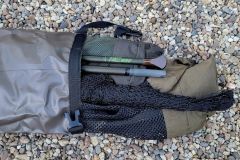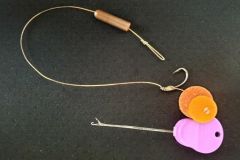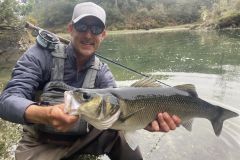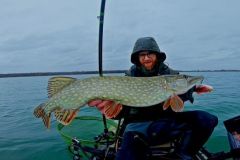Almost every year, with the help of heavy autumn rains, rivers and streams flow out of their beds, sometimes very quickly and with great amplitude. The physiognomy of our favourite fishing spots is totally changed and many fishermen find themselves confused and no longer know how to approach their favourite rivers. However, for those who understand where and how to find the fish in these conditions, there are some very nice fishing to be done and with very big specimens at the key.

Fewer spots available
As rainfall intensifies and tributaries swell, the flow of our rivers increases exponentially. If the force of the current prevents us from fishing, it also makes it inconvenient for all fish, regardless of their size. So much so that they are also forced to leave their usual holding stations because they would spend far too much energy. Thus, if with the rise in water levels, new holding spots are created, they are nevertheless less numerous than usual and the fish are then forced to gather and "cohabitate" in the most sheltered places. So, under these conditions, the variety of stations to be exploited is much less than usual and with a greater concentration of fish, making fishing somewhat easier.

More identifiable spots
During floods, the main criterion to be taken into account when identifying possible areas for keeping predators is the comfort they provide to its inhabitants. If the fish obviously seek to continue feeding, they seek above all to protect themselves from the current and in this perspective, the spots to be fished are easily identifiable because they are all areas that are sheltered from the main current, whatever their size
Spots close to the edge
Usually the holding areas are distributed between the banks and the river bed and are not always exploitable or accessible to the fishermen on board; in high water, on the contrary, most of the spots are located as close as possible to the bank and are easily accessible for the itinerant fisherman. These conditions facilitate access to easily identifiable spots with potentially large concentrations of predators.

Lower brightness
During floods, if the river's flow increases, its waters also become discoloured very quickly. Its charged waters have the effect of considerably reducing the luminosity of the environment and visibility. This parameter is a major asset for pikeperch fishing because on the one hand it is less distrustful than in clear waters but also because it hunts in very shallow depths (sometimes less than 50 cm), which is usually only possible at the end of the day.
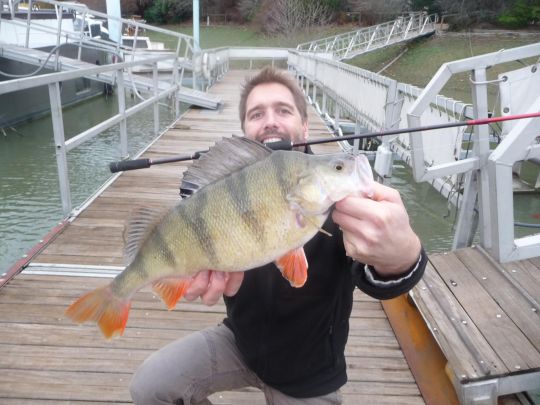
Big fish within reach of the rod
Under these extreme conditions, large specimens react in the same way as smaller ones. Thus, while it is usually difficult to locate and lure them, during floods they colonise the edge spots, especially the best ones, and are much less wary.
If there's ever a time when a record, especially for pikeperch, is within reach, it's during floods...

 /
/ 








